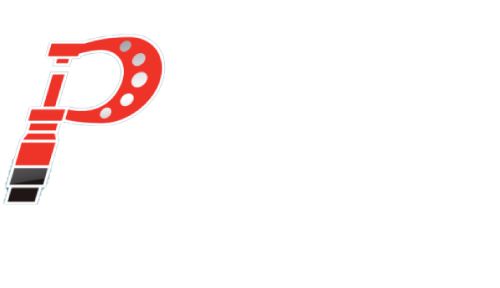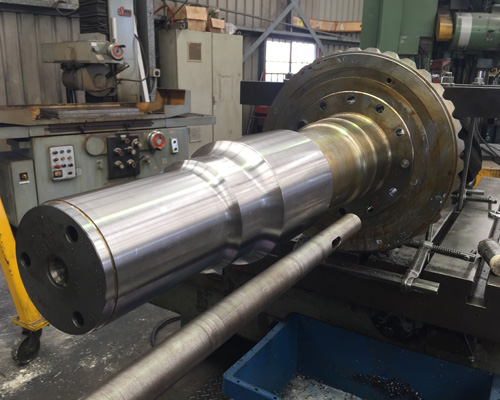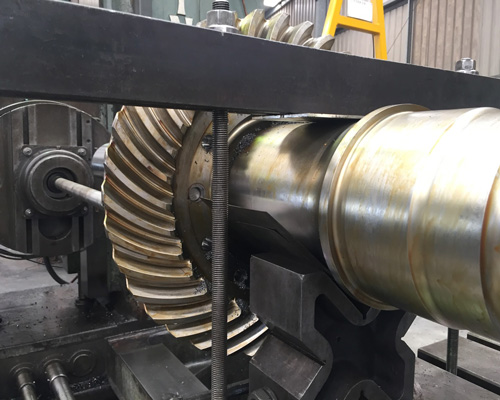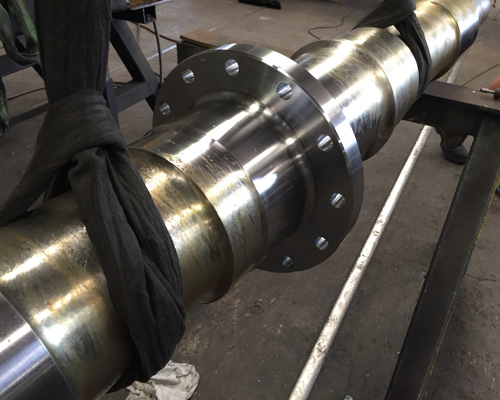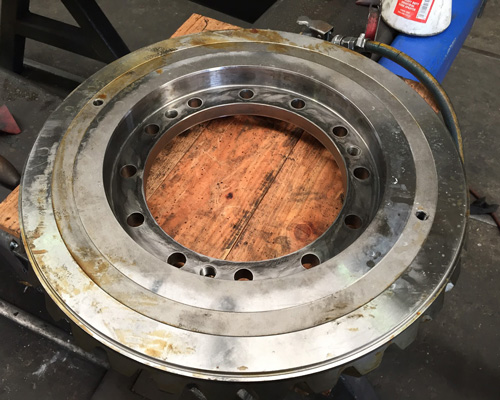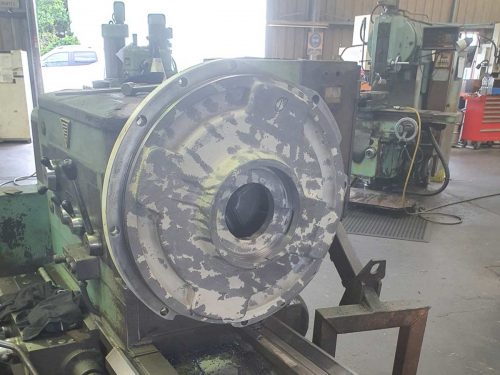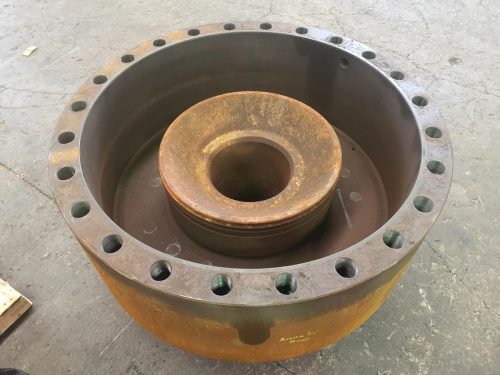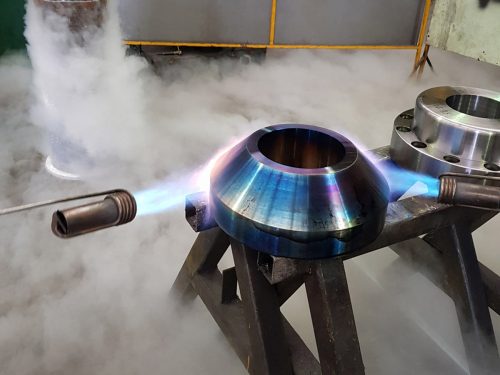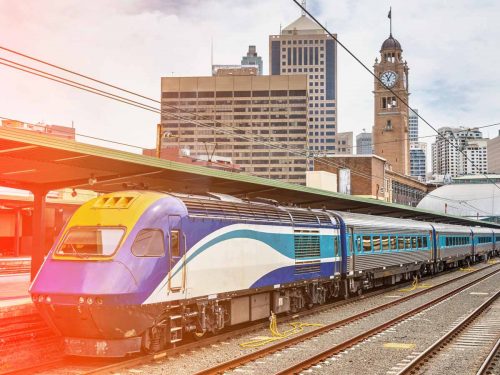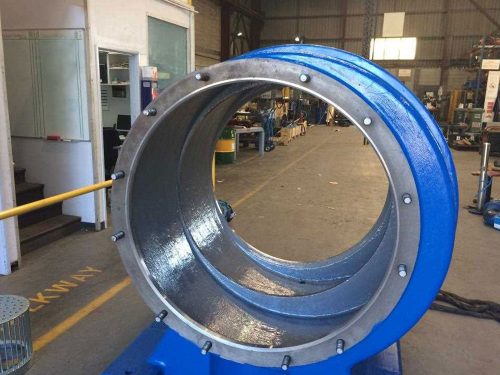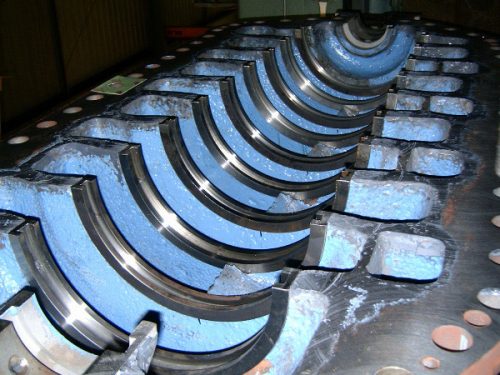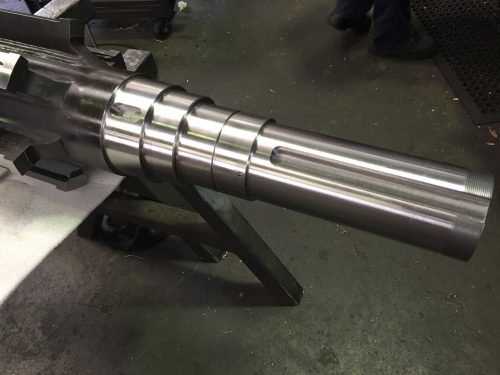
OUR EXPERIENCE
Trans-Australian Railway Axels and Bevel Gear
Axles are one of the most important parts of a train as they bear the weight of the entire load of the carriage. Australian trains carry a wide range of heavy goods interstate, including coal, iron ore and timber. In fact, trains carrying iron-ore in Western Australia are some of the heaviest in the world, reaching 30,000 to 40,000 tonnes!
The Challenge:
Recently, a client came to Prime Engineering with an odd request. Their train axle and bevel gear had been delivered to them by the original equipment manufacturer without the holes or bolts to join them together. It was Prime’s job to drill these holes with precision and care, and manufacture matching bolts to join the parts.
The Results:
The end result was a perfectly workable train axle! .
Do you need train parts manufactured or modified? Contact us today for all of your precision machining and fabrication and welding needs.
